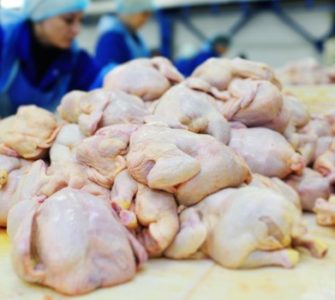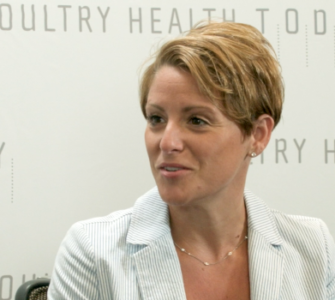Finding the right balance with antibiotics and flock welfare
Antibiotic use continues to divide the poultry industry, with one side supporting responsible use of all FDA-approved medications while others commit to raising birds without antibiotics.
In the end, however, it’s a veterinarian’s responsibility to make sure birds are healthy, said Ashley Peterson, PhD, vice president of science and technology, National Chicken Council, in the conclusion of a three-part conversation with Poultry Health Today related to food safety.
Birds in “no antibiotics ever” systems that get sick need to be treated, she added, because it’s the right thing to do for animal husbandry and welfare.
The poultry industry has already moved away from the use of medically important antibiotics for improving growth rate and feed conversion, as required by the FDA’s new veterinary feed directive rules that took effect January 1, 2017.
The short life cycle of broiler chickens and the industry’s vertical structure make it somewhat easier for poultry producers to consider “no antibiotics ever” production than their counterparts in beef and pork, Peterson said, but it is not without challenges.
The antibiotics most often used in poultry production are ionophores, which help to prevent coccidiosis. Because ionophores aren’t used in human medicine, there’s no concern they could lead to antibiotic-resistant infections in people, she emphasized.
Watch the interview:
Part 1: Meeting standards for foodborne pathogens in chicken parts
Part 2: Changes in sampling chicken with buffered peptone water
Part 3: Finding the right balance with antibiotics and flock welfare
Full interview: Moving forward with food safety and responsible antibiotic use
Posted on August 8, 2017
















